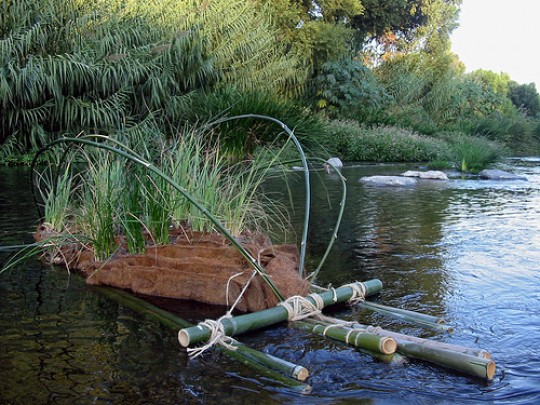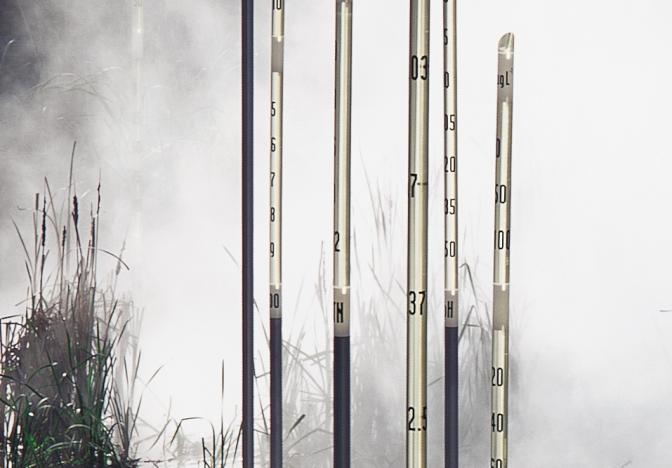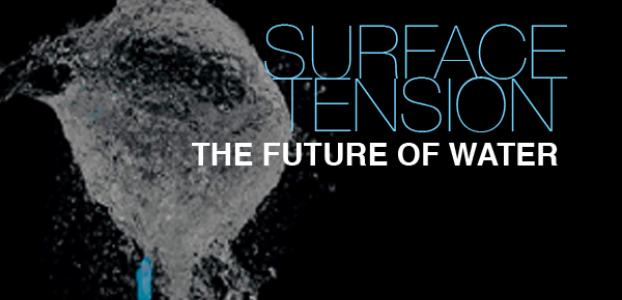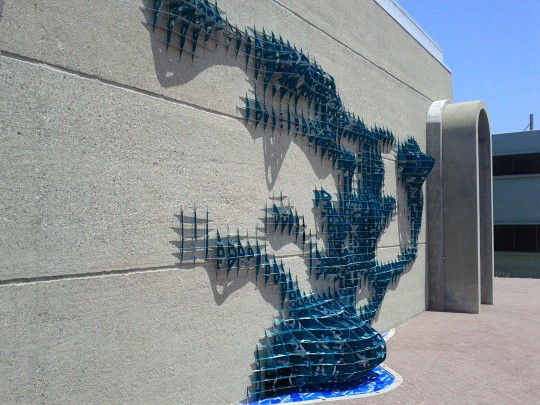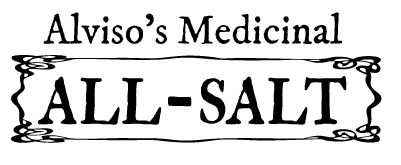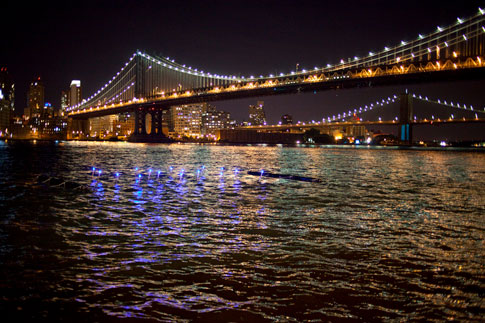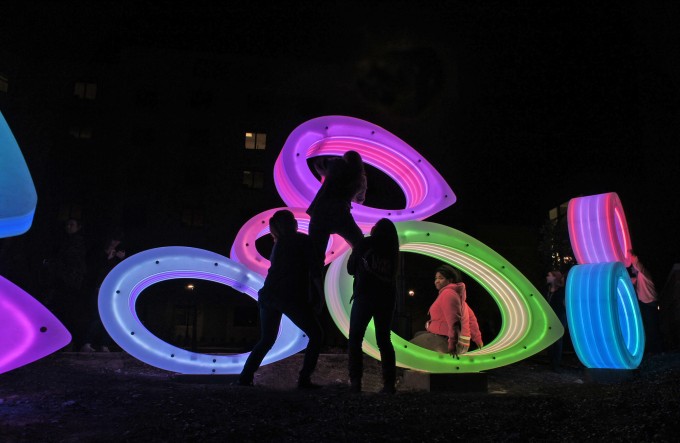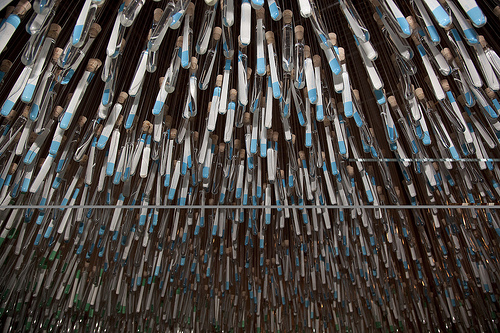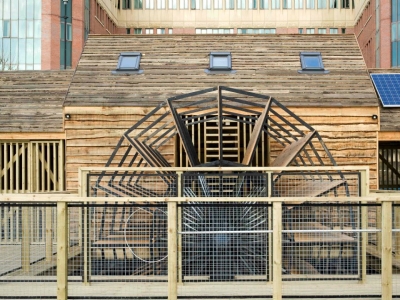Brickets
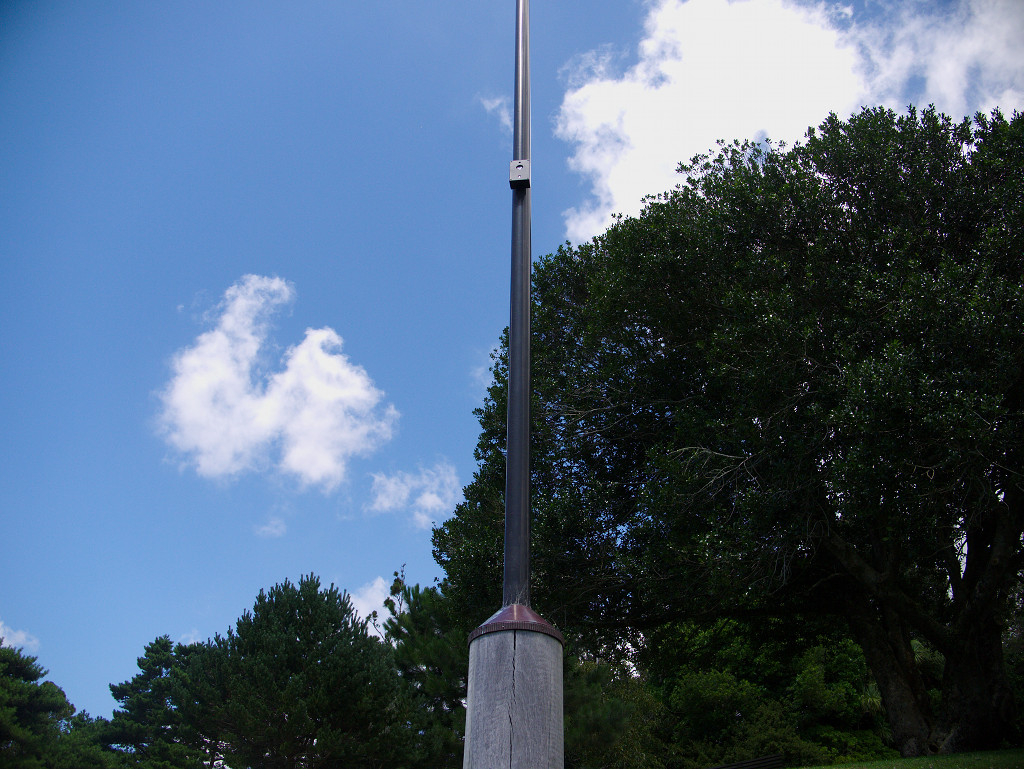
Could it take a a synthetic representation of nature to jolt us back into re-appreciating its beauty and our reliance upon it? That’s one the questions Pierre Proske is seeking to explore with his Brickets. So named for their chirping sounds and brickish size, the Brickets reinterpret data from local environmental sources such as the nearest home’s water usage, into animal like calls, which rise and ebb in response to one another, much like a synthesised colony of frogs, cicadas or crickets.

